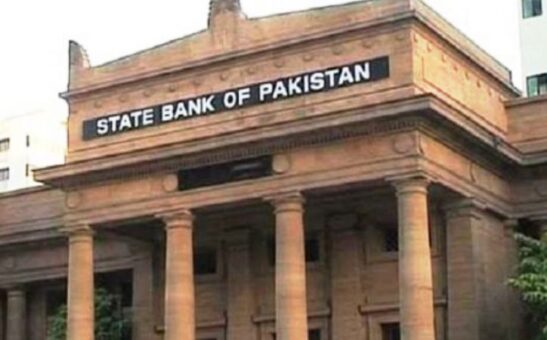KARACHI: State Bank of Pakistan (SBP) on Wednesday issued following Karachi Interbank Offered Rates (KIBOR) on July 28, 2021.
| Tenor | BID | OFFER |
| 1 – Week | 6.93 | 7.43 |
| 2 – Week | 6.97 | 7.47 |
| 1 – Month | 7.02 | 7.52 |
| 3 – Month | 7.15 | 7.40 |
| 6 – Month | 7.35 | 7.60 |
| 9 – Month | 7.46 | 7.96 |
| 1 – Year | 7.53 | 8.03 |
